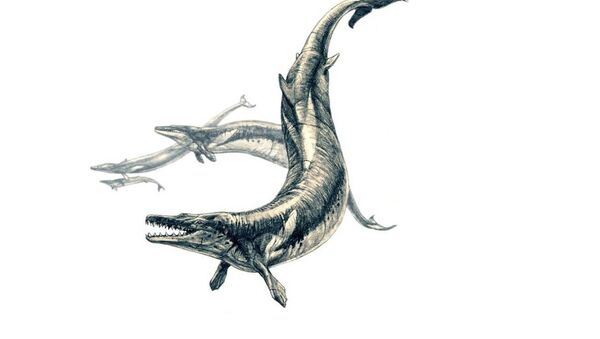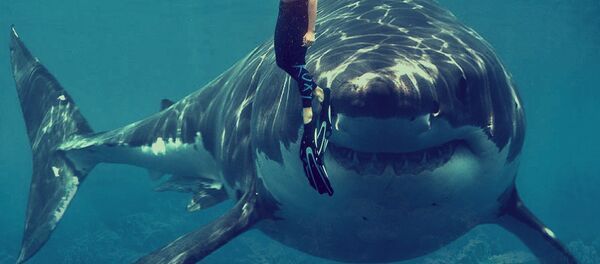Researchers have found an adult specimen of Basilosaurus Isis at an Egyptian site, remarkable for its wealth of marine fossils. The finding cast light on the distinct characteristics of the Basilosaurus skeleton from other remains.
The whale's frame contained pointed B. isis incisors and sharp cheek teeth as well as bones. Its stomach content showed it was fed on smaller whales (juvenile Dorudon atrox) and large fishes (Pycnodus mokattamensis).
Research, published in PLOS One journal, revealed first direct evidence of diet in Basilosaurus isis and confirmed a predator-prey relationship of the two most frequently found fossil whales in the Wadi Al Hitan ("Valley of Whales") site in Cairo, Egypt.
"The archaic whale Basilosaurus lived in the late Eocene epoch, from about 38-34 million years before present, and had a broad marine distribution at a time when few modern whales existed. Two species are known, Basilosaurus isis and its slightly younger sister taxon B. cetoides. Both were the largest whales of their time and dimorphic in size, with males having vertebrae and femora about 20% longer than those of females," the paper reported.
Modern apex marine predators — Orcinus orca — also feed on a variety of invertebrate and vertebrate animals including the largest of the toothed whales, the sperm whale Physeter microcephalus, and a variety of sharks, including the great white shark.


